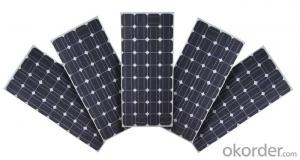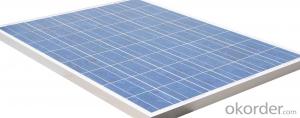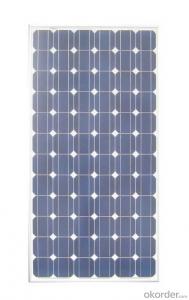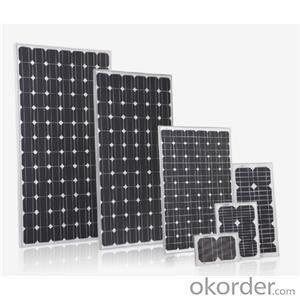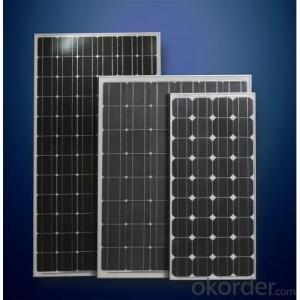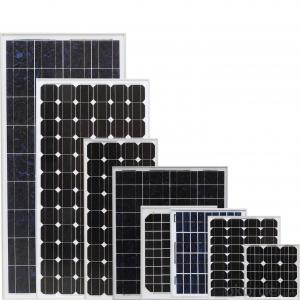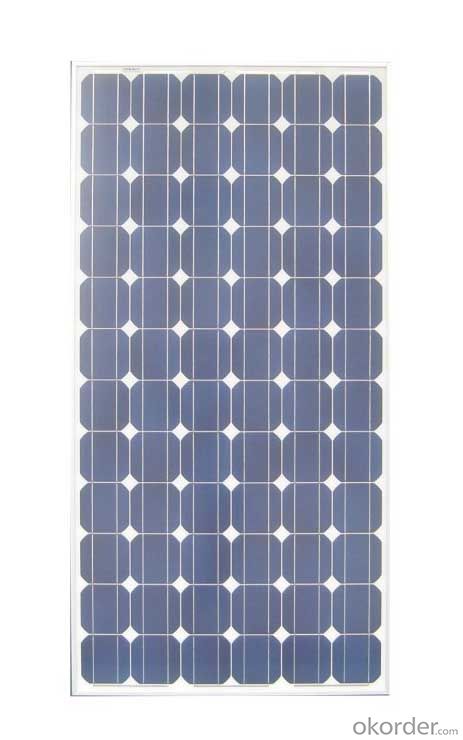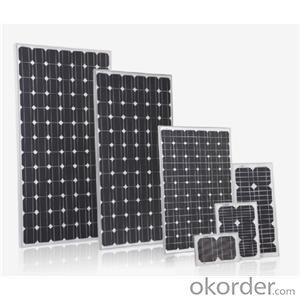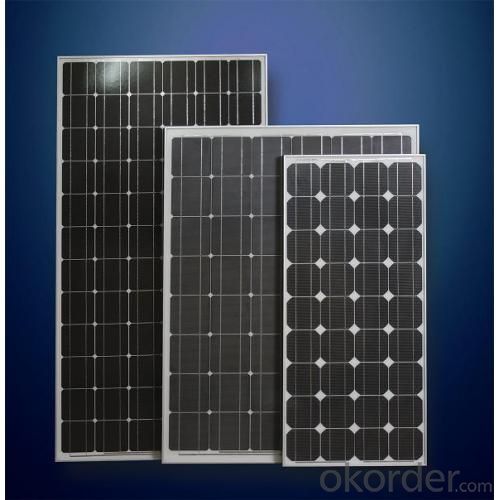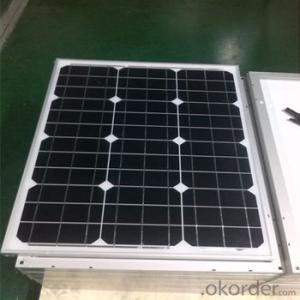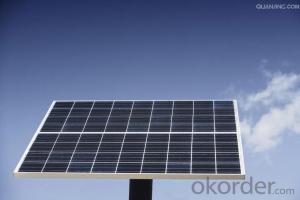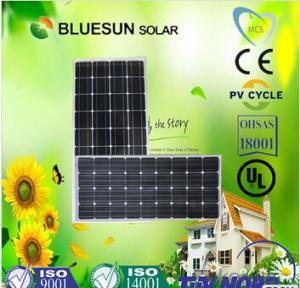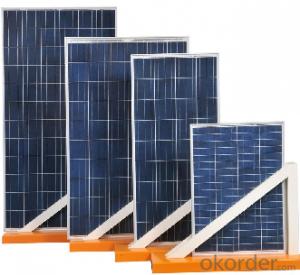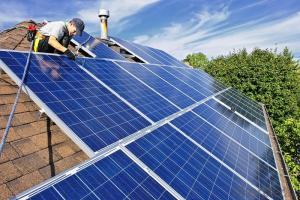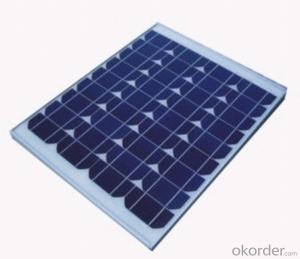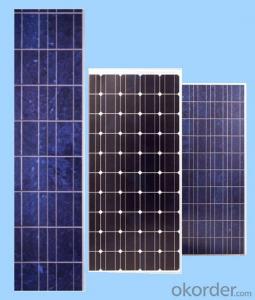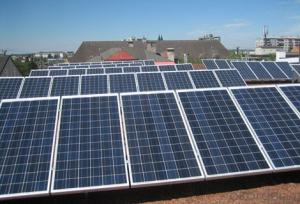Recycle Solar Panels - Solar Modules PV Cells Panel Solar Panel in 100
- Loading Port:
- China Main Port
- Payment Terms:
- TT or LC
- Min Order Qty:
- -
- Supply Capability:
- 10000000 watt/month
OKorder Service Pledge
OKorder Financial Service
You Might Also Like
1.Structure of Solar Module Description
Solar modules, which are widely used in ground mounted utility-scale PV plants, large-scale and small civil and commercial power generating system such as BIPV combined to the grid, roof-mounted PV power system, rural electrification, communications, emergency auxiliary power. NEXTECK, as one of the solar module supplier, has the capability to offer a wide range of advanced, high performance solar modules with integrated high efficiency. Energy efficient and cost effective Mono crystalline and Polycrystalline, amorphous silicon and CIGS thin film solar cells are available. We have the right products for different applications.
2.Main Features of the Solar Module
Quick Details
| Place of Origin: | Zhejiang China (Mainland) | Brand Name: | Perlight | Model Number: | PLM-240P-60 |
| Material: | Monocrystalline Silicon | Size: | 1650*992*40mm | Number of Cells: | 60 |
| Max. Power: | 260 | Color: | Silver,Black | Quality Certifications: | PID Free, Salt Mist,Fire Test and Ammonia Gas certifications |
| International Certifications: | TUV,MCS,UL,CEC and J-pec | OME/ODM: | Yes | Solar Cells Efficiency: | 17.2% |
| Solar Panels Efficiency: | 15.3% |
Packaging & Delivery
| Packaging Detail: | Carton boxes with pallets and air bags |
| Delivery Detail: | within 15 days after arrival of the 20% TT in advance |
3.Solar Module Images
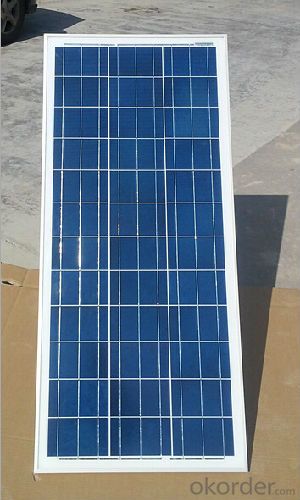
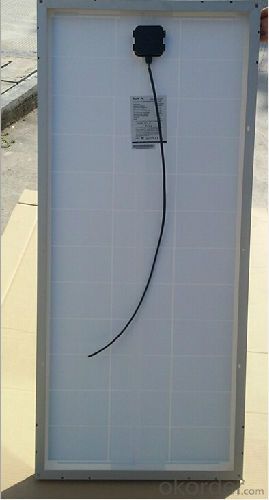
4.Solar Module Specification
Specifications
-PID Free,Salt Mist, andAmmonia gas Certifications
-Higher Efficiecny Solar Cells;
-More cost effective;
-25 years guarantee.
Product Description
High efficiency mono crystalline solar panel PLM-240P-60 series
Anti-reflective coating: AR used reduce the reflectivity enhance transmittance.
Tempered Glass: Low Iron and AR coating glass increase the power output and mechanical strength of solar module. Mechanical load ≥2400Pa , transmittance ≥91.6%
EVA: Transmittance ≥91% , Adhesive Capacity >85%
Cell: 17.9% of high efficiency solar cells to sure 15.3% module efficiency
Back sheet: Using higher quality back sheet to prevent destroying and water , it’s reflectivity ≥87%, peeling strength ≥ 40N/cm.
Aluminum Frame: Anodized aluminum alloy to effectively improve the corrosion resistance and strengt.
Certification:
![]()
Power range:220w-270w
| Module | PLM-235P-60 | PLM-240P-60 | PLM-245P-60 | PLM-250P-60 | PLM-255P-60 | PLM-260P-60 |
| Pm | 235 | 240 | 245 | 250 | 255 | 260 |
| Vmp | 30.64 | 30.89 | 31.29 | 31.73 | 31.92 | 32.1 |
| Imp | 7.67 | 7.77 | 7.83 | 7.88 | 7.96 | 8.1 |
| Voc | 37.18 | 37.35 | 37.42 | 37.58 | 37.73 | 37.92 |
| Isc | 8.34 | 8.38 | 8.45 | 8.49 | 8.52 | 8.64 |
Maxium system voltage 1000VDC
STC:Irradiance 1000W/m², Temperature 25°c,AM=1.5
Mechanical Characteristics:
| Cells size(mm) | 156X156 |
| Modules size(mm) | 1650X992X46 |
| No. of cells | 60(6X10) |
| Weight(KG) | 19.6 |
| No.of mounting holes | 8 |
| No.of waterspout | 16 |
Packaging & Shipping
Package Information:
| Type | Frame | PCS/Pallet | Pallets/Container | PCS/Container |
| 40HQ 1650X992 156P 60cells | 40/46 | 23 | 28 | 784/700 |
Our Services
Product Wattanty:
10 years for the workmanship
12 years power output no less than 90%
25 years power output no less than 80%
5.FAQ of Solar Module
1. Q: Do you have your own factory?
A: Yes, we have. Our factory located in Jiangyin city, jiangsu province.
2. Q: How can I visit your factory?
A: Before you take off from your country, please let us know. We will show you the way,or arrange time to pick you up if possible.
3. Q: Do you provide free sample?
A: Usually we do not offer free sample
4. Q: Could you print our company LOGO on the nameplate and package?
A: Yes, we can do that.
5. Q: Do you accept custom design on size?
A: Yes, if the size is reasonable.
- Q: what size would the panel be/ I live in the caribbean so plenty of sun!
- What does the advertisement have to do with your question? Yes; BUT, depending on the pump, you may need several panels and possibly an inverter if it is an AC pump. You will ALSO need at least battery in the circuit to provide a load to the panel.
- Q: Is there any way to charge my laptop with a solar panel? Is there any panel like that. Or if I work on panels can I do something like that. If you know anything about it, can you just help me? Thanks a lot.
- Deep Cycle Series batteries are designed to have a large amount of stored current discharged between charging sessions, with very heavy non-porous battery plates to withstand repeated major discharging and charging cycles (deep cycles). They are typically used where the battery is discharged to great extent and then recharged.
- Q: I'm re-doing my roof. Is it workable?Can I get a government grant or something to put solar panels on my roof?I know they did something like that for windows.
- I don't think you can get a government grant? At least not just yet... But, you can get a nice Tax break for having installed solar panels on your home or for some their backyard works well. But, again you must be aware that having professionals install these panels can be quite costly. If you don't mind getting your hands a little dirty, tackling this project on your own isn't as hard as you might think! And you will be amazed at how much money you can save from the start. And if you get the family involved all the better! Building affordable solar panels for your home, is no pipe dream...But, you must be willing to do the work yourself! That's usually where most people fall short.
- Q: the solar panel works with LEDs, small bulbs,etc but neve with any dcmotor. Please help. I have a science exhibition.
- It may well be that the motor demands more *current* than the panel can provide. Can you measure the voltage from the panel with the LEDs across it, and then with the motor across it? I suspect that you'll find that the motor makes the voltage collapse.
- Q: please help me
- Photovoltaic cells work because of the photoelectric effect. However, a solar panel can actually be using several different technologies that have the same common effect of generating electricity when the sun shines on them.
- Q: Can solar panels be installed on a warehouse or distribution center?
- Yes, solar panels can be installed on a warehouse or distribution center. In fact, these large, flat rooftops are often ideal locations for solar panel installations due to the ample space available for positioning the panels. The electricity generated by the solar panels can be used to power the operations of the warehouse or distribution center, reducing reliance on traditional energy sources and decreasing carbon emissions.
- Q: Can solar panels be installed on a flat roof?
- Yes, solar panels can be installed on a flat roof. Flat roofs are actually a popular choice for solar panel installations because they provide an ideal surface for mounting the panels. The panels can be mounted using ballasted systems, which don't require any penetrations into the roof. This makes the installation process easier and minimizes any potential damage to the roof.
- Q: How long does it take a 5 watt, 2 volt solar panel to charge a 2 volt R.V. battery?
- Homemade okorder
- Q: I am writing some mock legislation for a school club and I need to know some of the environmental effects of solar panels. Also, where can I find specific studies(like from colleges and/or universities) proving these benefits as well as benefits and reasons of going green.
- Hi there, as a great starting point take a look here okorder Should give you most of what you require
- Q: OK, so if you put solar panels up on a roof, they are busy turning the sun's energy into electricity. So, does that mean the roof (and therefore the house/structure) stays cooler as well? Or does it still get hot, because . . . I dunno, maybe the panels don't convert all the energy, and the spillover still heats up the building.Any links or URLs to scientific answers would be appreciated, but I don't mind hearing from the Average Joe or (Joelle).
- I asked the same question once to a PV install during a seminar a few years back, and he explained the following: No, PV panels do not reflect or absorb much heat from going into the building below but there is a reason for this: PV panels that reflect / absorb heat produce less electricity. They are designed to Thermally Transparent. Even worse if installed incorrectly without a good angle and air gap to allow the heat to escape the panels will actually trap this heat and increase the interior temperature of the building below! Below is the scientific analysis that is quite verbose but has two nice graphs at the end. To summarize: Adding PV panels, at best, shaded the building enough to reduce the load of the interior A/C unit by .8 kWh/sq-m/year. The electricity generated by the panels was about 356 kWh/sq-m/year. You can see the big advantage of PV panels is to make power, not reflect heat. Proper insulation is much cheaper and will do a much better job. Don’t worry, I was shocked too, but like anything it makes sense after it is explained.
Send your message to us
Recycle Solar Panels - Solar Modules PV Cells Panel Solar Panel in 100
- Loading Port:
- China Main Port
- Payment Terms:
- TT or LC
- Min Order Qty:
- -
- Supply Capability:
- 10000000 watt/month
OKorder Service Pledge
OKorder Financial Service
Similar products
Hot products
Hot Searches
Related keywords
